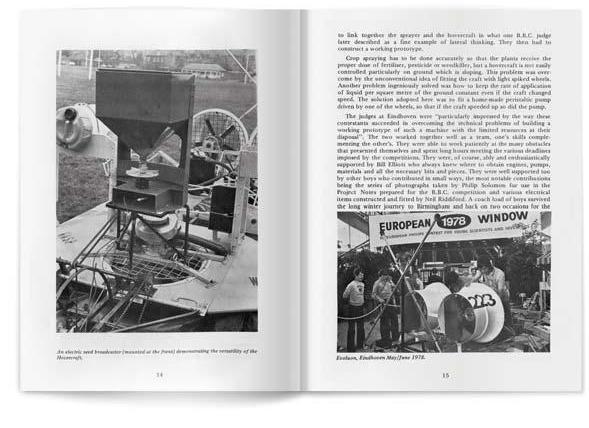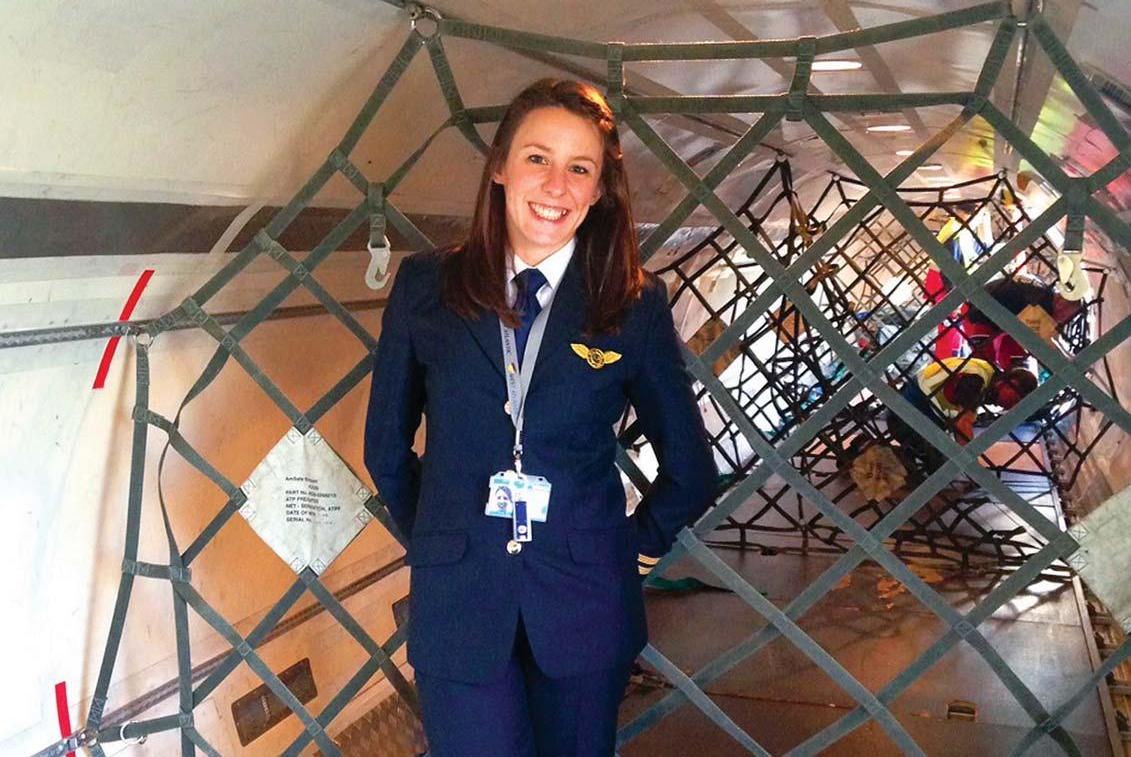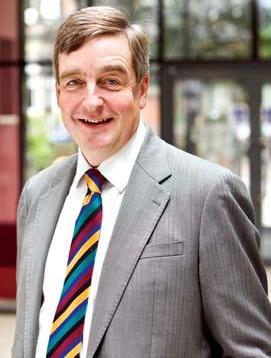
8 minute read
A History of the RGS in Its People
from ONA 100
A HISTORY OFTHE RGS IN ITS PEOPLE
by David Goldwater (51-62)
Advertisement
Entering School in 1951, young RGS pupils soon became under the influence of strange mantras. On learning The School Song, there were a number of anomalies lacking explanation. For example, whilst ‘Motherland, King and God’ was swiftly replaced after 6 February 1952 with ‘Motherland, Queen and God’, no-one cared to explain why boys enthusiastically sang ‘Sutherland etc.’ The reason for this substitution was quite simple in that, as a prominent school Governor from 1919 until his death in 1953, Chairman from 1935, Sir Arthur Munro Sutherland’s (1878-1883) fame arose from his huge generosity as the greatest benefactor in the school’s history.
Sir Arthur Munro Sutherland (1867-1953)
Sir Arthur Munro Sutherland’s grandfather, Benjamin, left Thurso in northernmost Scotland in 1825 and sailed to Newcastle to join the multitude of Scottish immigrants who crowded into the Quayside area of the city and married the same year. He was a bootmaker and by the mid1850s was running a sizeable master shoemaker business in Northumberland Street.
Benjamin’s third child (of eight) was Benjamin John Sutherland, who having received a good education at the Percy Street Academy and after a number of successful positions in local businesses, established his own enterprise in Broad Chare, Quayside as a chemical broker. Undoubtedly, a bold entrepreneur, he became a major importer of flour from Canada and the USA and rumour has it that his Gateshead Steam Flour Mills were located where Rank’s Mill, now the Baltic Arts Centre, is situated. By the 1890s BJ Sutherland & Co. were in Sandhill, Newcastle. Having become involved in local Liberal-Unionist politics, Benjamin was appointed Sheriff of Newcastle in 1891. Committed methodists, the Sutherlands were married at Brunswick Place Wesleyan Chapel and later became members of the Clayton Road Methodist Chapel from its opening in 1883. Benjamin John’s son, Arthur (the third of nine children) persuaded him to move into the shipping trade and the Sutherland Steamship Co. Ltd was founded. Success in business resulted in them moving through a number of good addresses ending with Thurso House, which would become the Mansion House in Jesmond’s Fernwood Road.
Arthur Munro Sutherland attended the RGS at Rye Hill from 1878 until 1883. Though the school was to welcome his abundant generosity in later life, he was no academic and even stated that he would have preferred to have left at 15 rather than at 16. He worked for some time near his father’s offices at a Quayside shipbroker’s earning a modest wage, but soon ended up as the firm’s chartering clerk by 1890. His father, noting his success, gave him an office within the family business where Arthur persuaded his father to set up a shipping company and build their first ship, the Sutherland. Arthur was 25 and on the road to success. Arthur’s father Benjamin John had worked for six years for the Gateshead timber merchants and ropemakers, Haggie Brothers, and in 1893, Arthur married Fanny Linda Haggie, a daughter of R Hood Haggie of ‘Haggies’ ropeworks of Willington Quay, ‘one of the largest rope manufacturers in the world’. R Hood Haggie made him a director of the business as a wedding gift.
As a steamship owner and coal exporter, his business acumen manifested itself in the various fleets within the three companies he owned and controlled, BJ Sutherland, the Irismere Steamship Co. and the Dunrobin Shipping Co. Ltd.; all of which were consolidated into BJ

Above: Thurso House, which would become the Mansion House in Jesmond’s Fernwood Road Below: The Mansion House as it is seen today Sutherland & Co. Ltd., which continued until his death in 1953.
As already mentioned, pupils at the RGS in Eskdale Terrace were more than aware of the extraordinary role Sutherland had played in the development of the school’s campus. With World War I raging and an Army Training Corps flourishing at the RGS, he gifted an armoury and rifle range, which ONs may remember was situated on the south side of the school field next to the geography and woodwork block. Now Lord Mayor of Newcastle (1918-19), he became a Governor in 1919, and he and Lady Sutherland gifted the iconic JJ Binns organ, so much an integral part of the school’s Main Hall to this day (and recently restored to excellent working order with the help of the ONA). At the time it commemorated 138 Old Novocastrians who fell in World War I.
Sir Arthur, knighted in 1920, served as ONA President (24-36), became Deputy Chairman of Governors in 1930, Chairman from 1935 until his death. In 1930, at a cost of £20,000 (2017 equivalent £1.15 million), he gifted the Swimming (Sutherland) Baths, now closed and replaced by the ultra-modern facility on the opposite side of the field, but in its day an amazing pool, used for many years by ‘un-clad’ boys – another age! The following year, he provided the cost of the school crest through the College of Heralds. This is still in evidence around the school, though the modernised badge is now widely in use. He funded a large gymnasium, which will be remembered by those who either excelled in strenuous exercise including boxing or, alternatively, suffered the tensions of the examinations regularly held there. An improved staff Common Room was also the result of Sir Arthur’s generosity in 1936, as well as Sutherland Park in Benton, home of Novos RFC , purchased by the school with the help of a very low interest loan from his company.
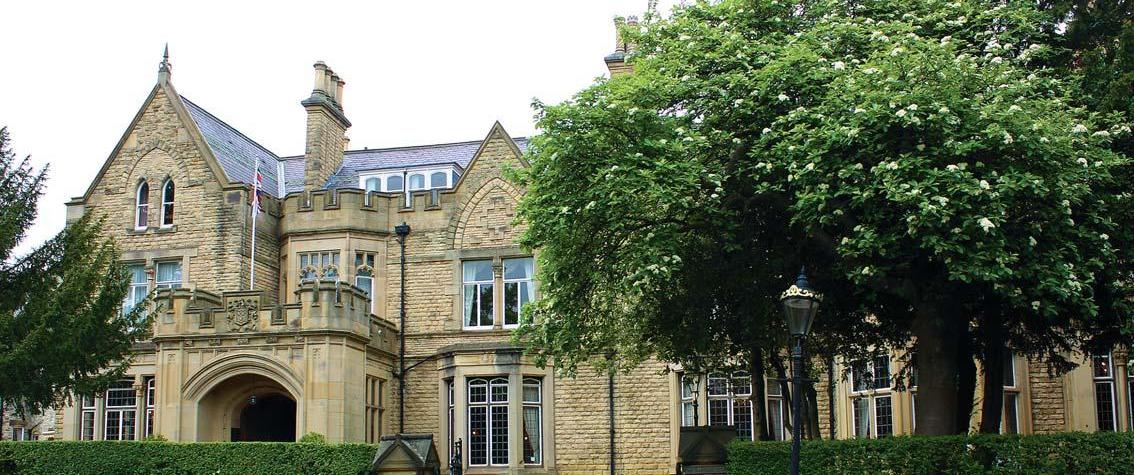
Returning to Sir Arthur’s business life, his activities were as widespread as his legendary energy would allow. At the outbreak of World War I, several of his ships amongst many others were marooned in Baltic ports. With the help of Swedish political contacts, these were liberated, and these bold initiatives represent the beginning of a long connection with Scandinavia. Worldwide trade expanded between the wars with coal and timber forming a large proportion. In the 30s, he invested £1 million (over £50 million at today’s value!) in Doxfords, building a new fleet of diesel engine motor vessels. This helped to bring the long depression in North East shipyards to an end and Sutherland’s strong methodism helped his philosophy of benevolent capitalism – he had held fast to his workers during those dark days of economic gloom. It also helped foster his relationship with some of the trade union bosses, many of whom had methodist roots. Some of his honorary posts reflect the respect in which he was held in his industry: President of the Chamber of Shipping of the UK (1930), President of the Shipping Federation (1938-50), Chairman of the Tyne Improvement Commission (1939-45) and many other organisations which he held right up to his death.
Apart from his energies in business, Sir Arthur was involved in many iconic properties in the region. He purchased Dunstanburgh Castle in 1919, investing large sums in its restoration before bequesting the 14th Century gem to ‘state guardianship’ (now English Heritage). The golf course there in Embleton Bay was improved by a national specialist, James Braid, at his expense, a contemporary connection existing in the person of the present owner Peter Gilbert (52-62) and member Timothy (now Lord) Kirkhope MP (53-62), who opened the ‘new’ clubhouse in the 80s.
In 1920, after lunching at the Union Club in Westgate Road, Sutherland bought the Newcastle Chronicle(offices next door) from the Cowan family, selling it to the Kemsley Organisation five years later. It seems matters maritime appealed more to him than those of the Fourth Estate. In 1935 he was Chairman of Aston Martin; his son Gordon, managing director and engine developer. £10,000 was invested into the development of a new engine and Gordon sanctioned the production of two new works team cars (LM22 & LM23) for entry into the Le Mans 24 Hours Race. The company was sold on to David Brown in 1947.
Both public office and honours came regularly to Sutherland. He was Deputy Lord Mayor and Sheriff of Newcastle in 1916-17 and the following armistice year, was made Lord Mayor. He was made an Honorary Freeman of Newcastle and his speech in the City Hall, partly
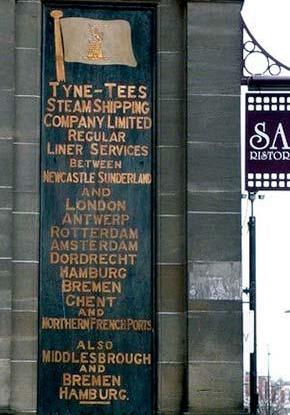
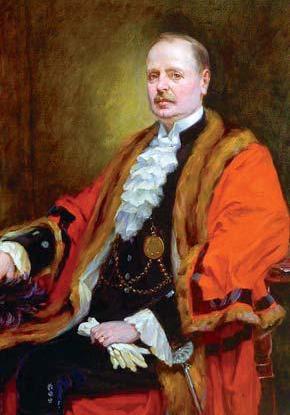
Left: Tyne-Tees Shipping Co. advert, Quayside, still visible today Right: Sir Arthur Munro Sutherland
directed at the large constituency of RGS staff and boys, urged, “Industry – Thrift – Ambition”, summarising his philosophy for life. He was also made a Freeman of the City of London, acknowledging his role in supplying the capital with coal and other vital commodities. So massive was the use of felt in those days for the insulation of ships’ boilers and pipes in his large fleet that he was made an honorary Liveryman to the Worshipful Company of Shipwrights and Feltmakers. His Scandinavian links brought him an honour in 1936 from King Haakon Vll of Norway – Commander of the Order of St Olav. Indeed, after he was widowed in 1937, he married Ella Christensen, widow of one of his great friends who was a former British Consul in Denmark.
As described above, one of the most prominent buildings associated with Sir Arthur is now the Mansion House in Jesmond, which had originally been purchased by his father, Benjamin John. It had been two large semi-detached dwellings, re-named Kelso House and Thurso House, reflecting the family’s origins in northern Scotland. It was bequeathed to the City in 1953. In what is now the official residence of Newcastle’s Lord Mayor, many original paintings and features remain to this day.
As well as Sir Arthur Munro Sutherland’s generosity to the RGS, he donated very large sums to what was to become the University of Durham’s Kings College in Newcastle, establishing both the Medical School (1930) and later the Dental School in its original site at the RVI (1931) and later, a larger building at Northumberland Road (1948). He also organised the funding of, and made the major contribution to, the city’s principal war memorial in Old Eldon Square, which was unveiled by Earl Haig in 1923.
After a long and fulfilling life, Sir Arthur died peacefully in his sleep in March 1953 and was buried in Jesmond Old Cemetery, not far from his school and family home.




